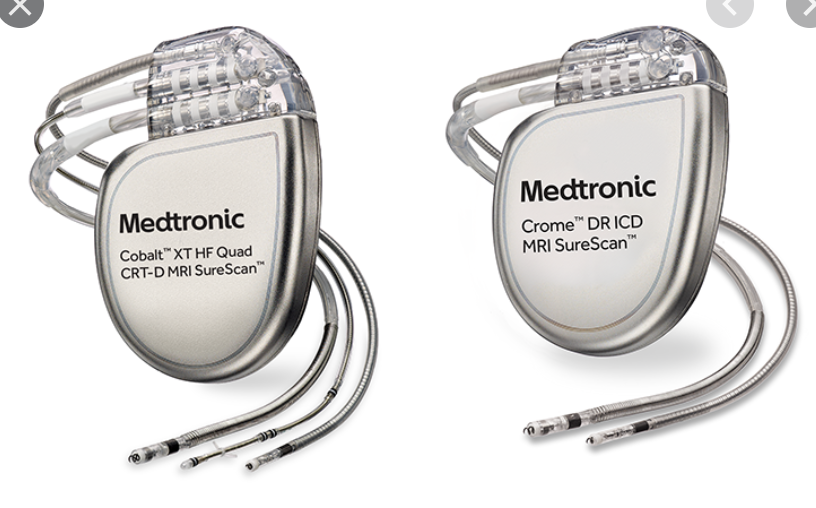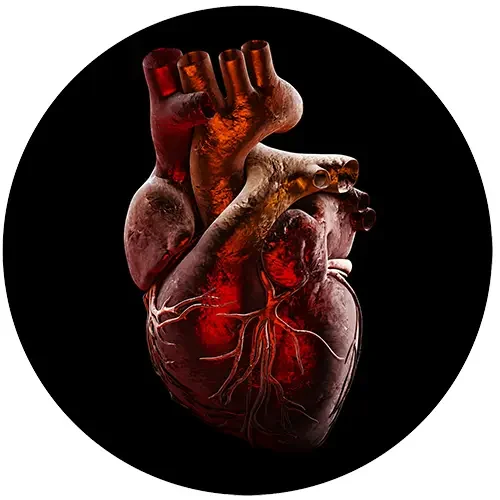Do I need an ICD?
To determine whether you need an ICD, your doctor will use the results of diagnostic tests such as an EKG, echocardiogram, cardiac MRI, and a Holter monitor or event recorder. They will also use information about your arrhythmias and family history of sudden cardiac arrest. Deciding whether to implant an ICD is an important medical choice. It requires your doctor's clinical judgment.
Comparison with transvenous ICD
Because it is not transvenous, implanting an S-ICD is less invasive than a traditional device. The fracturing of leads is not an issue with S-ICDs. You may be eligible for this device if you have structural defects in your heart that prevent doctors from inserting wires through it. You may also be eligible if you have other reasons for wanting to avoid a transvenous ICD.
But S-ICDs are not for everyone who needs an ICD. S-ICDs are larger than traditional ones. Because of their size, some patients are not eligible to receive an S-ICD.
An S-ICD cannot provide pacing. Those who require pacing for bradycardia (slow heart rate) sometimes need a traditional ICD. This also means that patients with "slow VT" at rates less than 100 beats per minute) need a traditional ICD because it can pace them out of the arrhythmia. Some patients are also ineligible for more technical reasons regarding how an S-ICD's algorithm may occasionally lead to an inappropriate shock.
Implantation Surgery
Implantation may require an overnight hospital stay, or you may have it done as an outpatient. It is usually done with general anesthesia. Using a 4-5 inch incision, the doctor will place the pulse generator just below the left armpit. The electrode that is attached to the device is threaded across the rib cage above the heart and is put in place under the skin. The S-ICD will then be tested while patients are still under general anesthesia.
Risks
Surgical risks are similar to those from the implantation of a transvenous ICD. Since there are no leads with an S-ICD, there is less risk of damage to veins or the heart.
Risks following surgery are also similar to those for a transvenous ICD. Because there are no leads, there are usually fewer restrictions on movement right after surgery.
Recovery
If you have no history of life-threatening arrhythmias, you can usually resume driving soon after implantation. You also may be advised to avoid contact sports indefinitely, as heavy contact may damage your device.
Living with an S-ICD
Driving
Driving may be dangerous if you have an S-ICD and a history of VT or VF. Arrhythmia and shocks can cause fainting, which is dangerous for you, passengers, motorists, and other pedestrians. Your doctor might recommend that you not drive for your first six months with an S-ICD if it was implanted because of a previous cardiac arrest or ventricular arrhythmia. If you have no shocks during these six months, you may be able to drive again. If you have a shock, whether you faint or not, tell your doctor and follow their recommendations. Most of the time, you will be discouraged from driving until you have been shock-free for another six months. Usually, if you have an ICD, you can not get a commercial driver's license.
Electrical interference from their machinery
Problems with ICDs due to electrical interference are rare, but you should still take precautions.
-
- It is safe to talk on a cell phone. You should avoid placing it within 6 inches of your ICD site when the phone is on. The ICD could mistake your phone's signal for a heartbeat and slow your heartbeat down.
-
- Keep headphones at least 6 inches away from your ICD site. Magnets in headphones may interfere with the ICD.
-
- Keep all magnets at least 6 inches from your site.
-
- Your ICD may set off airport security alarms. You will be given a card to show airport personnel. Handheld metal detectors have a magnet that can interfere with your ICD. Limit scanning over the site of your ICD for less than 30 seconds or request a manual search.
-
- Let doctors, technicians, and dentists know you have an ICD. Some ICDs are safe with procedures like MRI or radiofrequency ablation, but others are not.
-
- If you must work with welding equipment, chainsaws, high voltage transformers, or motor generators, keep your ICD at least 2 feet away from the equipment. Consult your doctor or the ICD manufacturer about the safety of these machines.
Consult your doctor or the ICD manufacturer about the safety of these machines. For example, these devices pose little or no risk to your ICD:
Continuing with our rescription rugs
An ICD provides a big measure of insurance against immediately life-threatening rhythms like VF and VT. But it is not a cure for rhythm problems in general. Shocks from an ICD are something to be avoided. You will likely need to continue with drugs to reduce your heart rate or regulate your rhythm.
Other arrhythmias
Many HCM patients experience other arrhythmias like atrial fibrillation (afib). Currently, there are no ICDs available that protect against these other arrhythmias.










